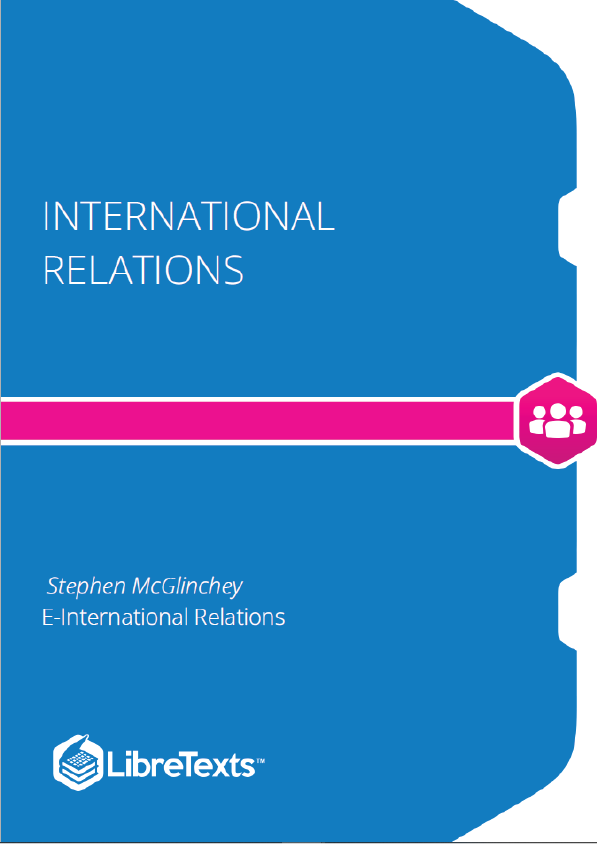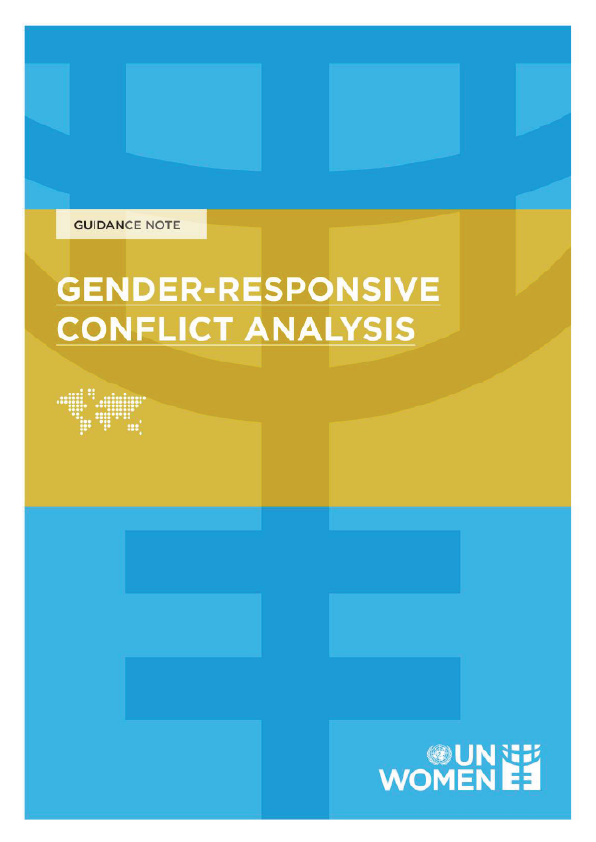This book is designed to be a ‘Day 0′ introduction to International Relations. As a beginner’s guide, it has been structured to condense the most important information into the smallest space and present that information in the most accessible way. The chapters offer a broad sweep of the basic components of International Relations and the key contemporary issues that concern the discipline. The narrative arc forms a complete circle, taking readers from no knowledge to competency. The journey starts by examining how the international system was formed and ends by reflecting that International Relations is always adapting to events and is therefore a never-ending journey of discovery. Unlike typical textbooks, there are no boxes, charts, pictures or exercises. The philosophy underpinning this book is that these things can be a distraction. This book, like others in the E-IR Foundations series, is designed to capture attention with an engaging narrative. The chapters are short, with simple paragraphs and clear sentences placing the reader inside crucial issues and debates so they can understand how things work, and where they fit in the world around them.
Getting Started
Before we go forward you should know that this book is available in e-book (PDF), web and paperback versions. While we know that many will use the digital versions of the book, we encourage you to buy a paperback copy as well if you are able. A growing body of research offers strong evidence that it is more effective to study from paper sources than from digital. Regardless of how you engage with the book, we hope it is an enjoyable read.
Hello
This book is designed to be the very first book you will read in the area of International Relations. As a beginner’s guide, it has been structured to condense the most important information into the smallest space and present that information in the most accessible way.
The book is split into two sections, each of nine chapters. Together they offer a broad sweep of the basic components of International Relations and the key contemporary issues that concern the discipline. The narrative arc forms a complete circle, taking you from no knowledge to competency. Our journey will start by examining how the international system was formed and end by reflecting that International Relations is always adapting to events and is therefore a never-ending journey of discovery.
Unlike typical textbooks, there are no boxes, charts, pictures or exercises. The philosophy underpinning this book is that these things can be a distraction. This book, like others in the E-IR Foundations series, is designed to capture attention with an engaging narrative. The chapters are short, with simple paragraphs and clear sentences.
We recommend that you read the book as it is presented and avoid cherry- picking chapters. Remember, the book is an unfolding narrative and each chapter builds on the one before it. Think of it like this: you would not skip to chapter seven of a novel and expect to understand who the characters were and what the setting was! Start at the beginning. If you find a chapter difficult, leave it for a little while then come back and give it another try. All chapters are equally important.
Key terms
Each discipline has its own unique language. This comprises a range of specific terms that have been developed by scholars to describe certain things. As a result, a lot of the time you spend learning a discipline is spent learning its jargon so that you can access and understand the literature. Instead of packing this book with jargon we have tried as far as possible to explain things in ordinary language while easing you into the more particular terminology of International Relations. This approach should keep you engaged while giving you the confidence to read the more advanced literature that you will soon encounter. We have also tried to avoid over-using acronyms.











